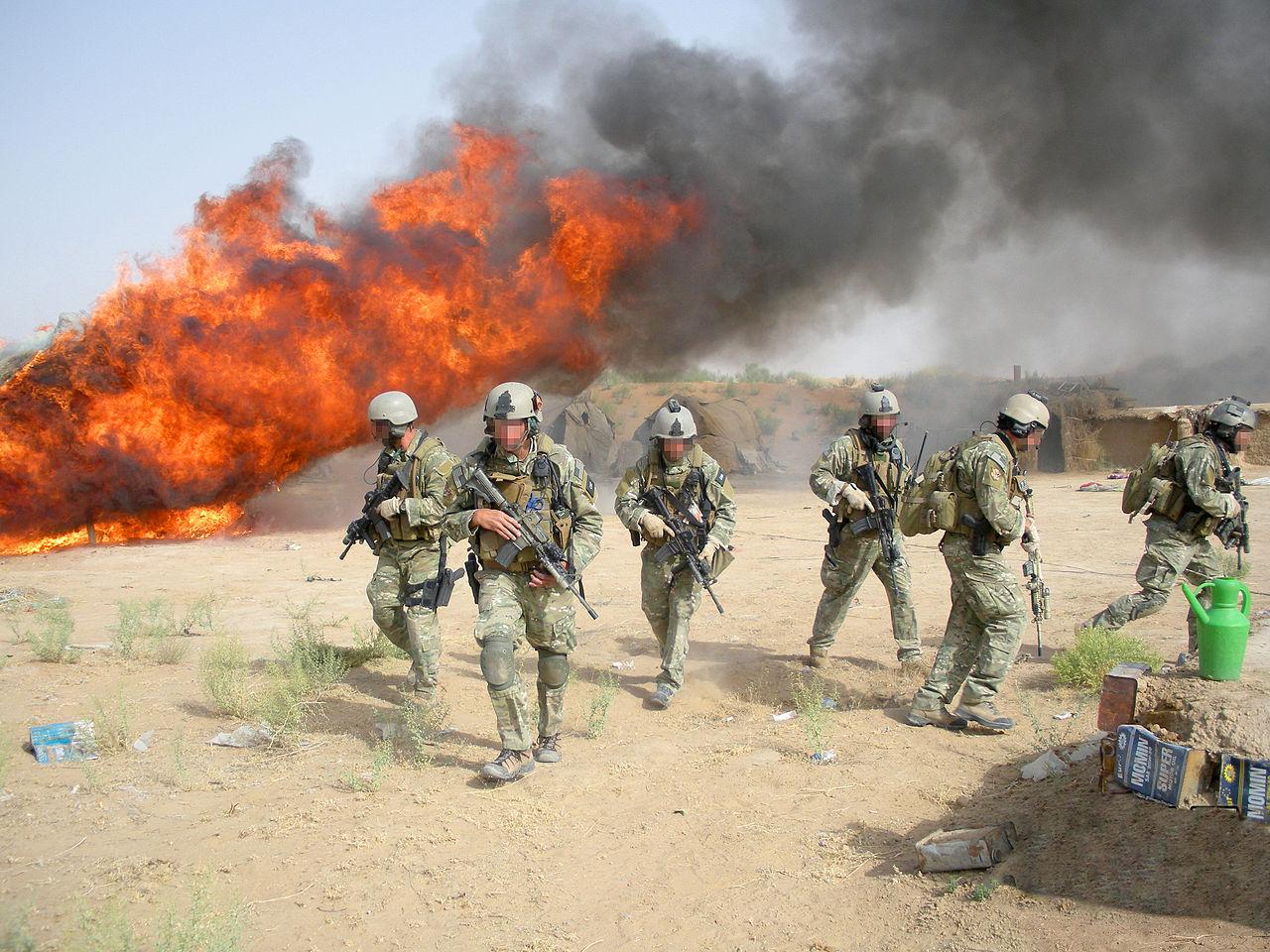In 1979, the head of the communist Afghan government was killed; A Stalinist Soviet Army invaded Afghanistan and initiated a nine-year-long war between the two countries. Fearing Afghanistan’s defeat and subsequent encroachment of their own land, neighboring Pakistan approached the U.S. and Saudi Arabia for help. The U.S., like the guardian angel it has often tried to be by policing roughly over half of the world, engaged in a proxy war (Cold War) by funneling funds through Pakistan’s ISI to the Mujahideen (a Jihadist front fighting against the invasion). Aside from the artillery provided, about 90,000 soldiers were trained by the U.S. and Pakistan to combat the Soviet invasion. The war ended in 1989 with the Soviet Union failing to suppress the Afghan insurgency.
A few years later, the Taliban was formed by a faction of Jihadists who had earlier fought for the Mujahideen in the Soviet-Afghan war. After the Afghanistan civil war in 1994, the Taliban occupied over three-quarters of Afghan territory. During this tenure, Al Qaeda, founded by Osama Bin Laden in 1988, rose to power, banking on its heroin trafficking cash inflow.
Just weeks after the 9/11 (2001), the U.S. invaded Afghanistan, where Al Qaeda had allegedly planned the entire attack. They were sheltered by the Taliban. In a weird sense, the U.S. involvement in Afghanistan came full circle. They were at the receiving end of their previous strategy. The U.S.’s policies in the Middle East have long been divisive, opportunistic and, to put it mildly, catastrophic. The Afghan invasion by the U.S. back then had set a precedent both for nurturing violent Jihadism as a Cold War weapon and for creating a toxic U.S.-Middle East relationship. Incidentally, the world now has Iraq, Syria and Yemen as collateral damage.
Coming back to Afghanistan specifically, The Ring Road is the most significant road in Afghanistan. It runs from the capital, Kabul, to the second biggest city, Kandahar. It was the cornerstone of the U.S. strategy to rebuild Afghanistan after the Taliban and rebels were pushed out in 2001. President Bush famously said that “Where the roads end in Afghanistan, terrorism begins.” But the U.S. didn’t finish the job. In 2003, keeping its “War on Terror” mission alive, the U.S. invaded yet another Middle Eastern country: Iraq. Consequently, Afghanistan became second priority. Funding, reconstruction, resources and experienced leadership were all diverted to the war in Iraq. The U.S. preoccupation with Iraq gave the Taliban an opening to return and they seized it.
When you look at the Taliban’s activity in the region from 2004 through 2009 you can see it escalate. By 2009, the Taliban had taken back significant territory, especially in the south and the east along the highway from Kabul to Kandahar. Afghanistan was in a full-blown insurgency. In 2009, President Obama decided to recommit to the war in Afghanistan. He sent thousands of troops on what was called as “The Surge,” but it had no substantial effect. The more troops deployed to Afghanistan, the more the Taliban launched attacks. Eighteen months later, President Obama announced that he would start bringing troops back. The nature of the mission reverted to that of support from combat.
By 2017, the Taliban’s territory was larger than ever. Another 9/11?
The code names of the primary operations, in Afghanistan, were called Operation Enduring Freedom (2001–2014) and Operation Freedom’s Sentinel (2015–present). The irony in these code names is that they talk about the U.S. being an angel of freedom, but exhibit how interventionists like Carter, Bush and Obama, fulfilling their subtle egotistic ambitions, betrayed the U.S.’s own ideals of freedom in a foreign country. Such a U.S. policy in the Middle East is bound to evoke bloodthirsty responses from the Islamic world against them and there goes the cycle again, perpetually. Formation of the Syrian fundamentalist organization, ISIL, is a case in point.
Earlier this year in June, Taliban officials recounted details of the first meeting held with Alice Wells, Washington’s top envoy to the region. The Taliban are ready for the second round of talks with the Trump government, possibly in September, which is likely to focus on prisoner exchanges, confidence-building measures, and ways to move from back-door meetings to formal negotiations. The Taliban have sought direct talks to settle U.S. concerns about the Taliban’s participation in Afghanistan’s future as well as the presence of NATO and the U.S. forces in the country.
Diplomacy, for sure, sounds better than rigorous control.


